America's Top Ten Most Energy Efficient Cities
All Americans might be created equal, but the same can't be said for all American cities. Many on this list share similar polices, like bikeshare programs, increasing tree canopy cover, and instituting green standards for new construction buildings. But, mirror mirror on the wall, who is the greenest of them all?
The American Council for an Energy-Efficient Economy annually ranks 50 major American cities based on multiple environmental and efficiency criteria. Their rankings (used below) are based on a city's policies and data on the following criteria: 1) Local Government Initiatives, 2) Community-Wide Initiatives, 3) Buildings Policies, 4) Energy and Water Utilities, and 6) Transportation.
Number 10: Denver
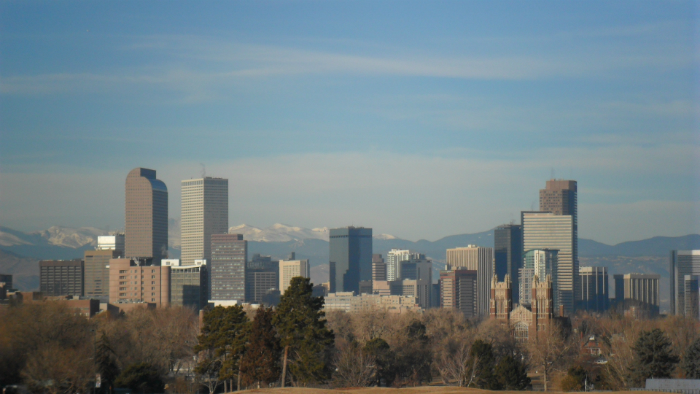
Nestled in the foothills of the Colorado Rockies, the "mile-high city" has gone the extra mile when it comes to environmental initiatives. Green criteria written into its building codes, a program to aid in the weatherization of residential houses, an emissions reduction target of 20% for its city vehicle fleet, and the goal of planting 1 million trees by 2025 all burnish Denver's green credentials. In addition, the city ranks in the second highest category for the Transit Connectivity Index, a measure of how well connected the urban area is to modes of public transportation.
Number 9: Austin
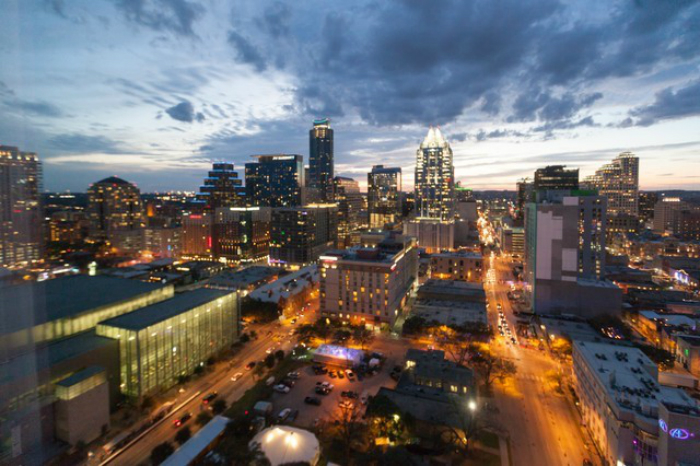
Austin might be home to the Burning Man music festival that erupts in the desert every year, but the city is getting serious about burning fewer fossil fuels. Austin has automated all of its 56,000 street lights (which are also Dark Sky Compliant), and is in the process of converting them to power-saving LEDs. Since 2006, Austin has reduced per capita daily water consumption by 22%, and public utility Austin Energy has opened 201 electric vehicle charging stations to the public--those that still drive, and don't take advantage of the Austin B-Cycle bikeshare program, that is.
Number 8: Portland
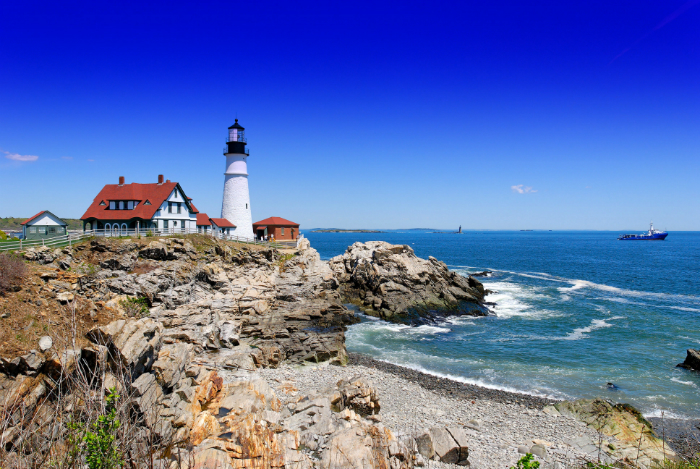
Portland's Head Lighthouse (above) looks out over a pristine marine environment--an environment that Portland is doing its part to help preserve. The city employs three full time energy managers to help meet the emissions reductions of 50% from 1990 levels laid out in its climate action plan, and incentivizes departments to increase efficiency by letting them keep 100% of the funds from resulting gains. Additionally, Portland has a goal of switching 20% of its city vehicle fleet to electric cars by 2030, changing streetlights to LED, and mandates that building projects using public funds must beat the LEED Gold standard requirements by at least 30%.
Number 7: Minneapolis
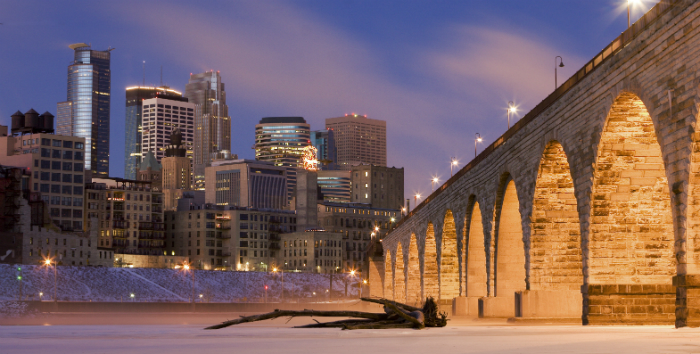
Score: 67/100
Will the appearance of just one of the Twin Cities on this list spark some sibling rivalry, or perhaps healthy competition? At any rate, Minneapolis has deservedly earned its spot by reducing overall emissions by 18% from 2008 - 2012, in part throuhg an LED replacement program for streetlights, LEED requirements for new large buildings, and a commuter program for workers to try and cut down on single-occupancy car trips. Oh, and its eventual goal for the burgeoning bikeshare program is to have it account for 7% of all transportation traffic.
Number 6: Chicago
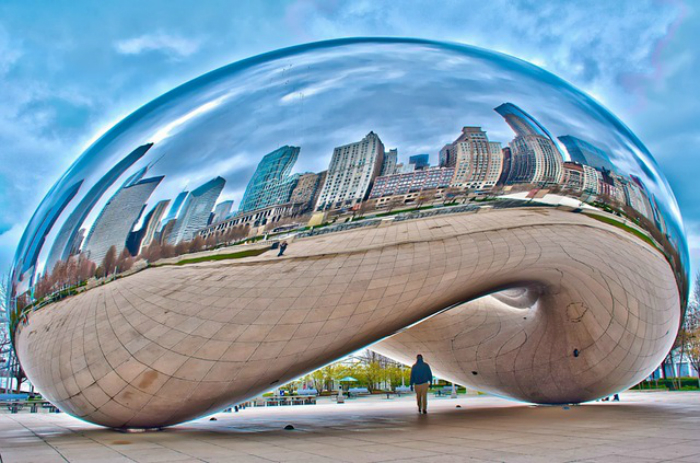
Score: 69.5/100
The windy city has embarked on a number of efforts, aiming to reduce energy consumption in municipal buildings by 10% by the end of this year, and 5% city-wide. It also hopes to replace 3% of its municipal vehicles with cleaner ones annually, reduce the energy intensity of its communter rail transport system (which also earns it high marks in the public transportation category), and is planning to plant 1 million trees by 2020. The first major American city to require cool rooftop technologies in its building code (all the way back in 2001), Chicago is also putting in place special inceitves for the development of green rooftops, which it hopes will soon number 6000.
Number 5: Seattle

Score: 75/100
You could say that Seattle has been staying up late working on ways to boost its green credentials. The product of those all nighters? Standard-setting transparency and disclosure requirements for energy use for large buildings, public charging stations for electric vehicles, public transit benefits for city employees, and a series of ambitious goals. Among these, reducing emissions by 30% below 2008 levels by 2020, LEED Gold requirements for buildings larger than 5,000 square feet, and increasing its tree canopy cover from 23% to 30% by 2037.
Number 4: San Francisco

Score: 75.5/100
Edging out Seattle just slightly, San Francisco has made important strides to conserve water in the midst of the drought that has hit California hard. Promotion of greywater recycling systems and other conservation efforts have helped save millions of gallons per day, and residents also benefit from bike and carshare programs, and the 3.5% of revenues that utility PG&E spends every year on efficiency increasing measures. All of this and more will hopefully help San Francisco meet its reductions targets of 25% by 2017, 40% by 2020, and then 80% by 2050.
Number 3: Washington, D.C.

Score: 76.5/100
Congress might be gridlocked, but the nation's capital has moved forward concretely with policies to increase its energy efficiency. Local government buildings are on track to reduce their energy consumption by 30%, anti-idling regulations are in place to fight smog and urban pollution, and new large buildings are required to be Energy Star certified. DC spends more per capita on public transportation than on roads, and residents can use both car and bikeshare programs to get around the city. Innovative new wastewater treatment facilities and spending to increase efficiency by local utility PEPCO are poised to help the city meet its goals of reducing emissions by 50% by 2032, as well as mitigating heat isalds by increasing tree cover to 40%.
Number 2: New York

Number 1: Boston
